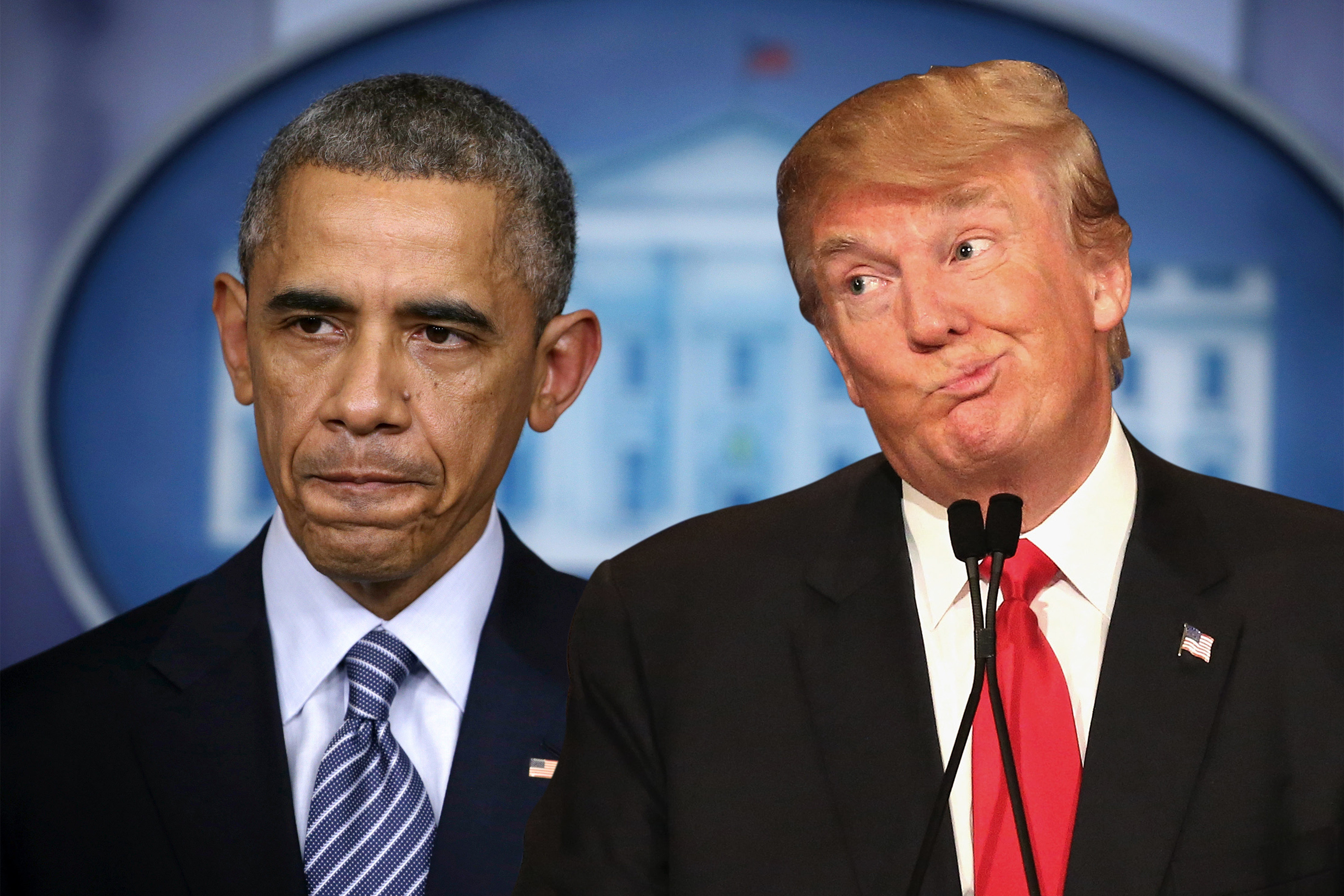Last week the GOP revealed its proposed Bill to replace the Democrat’s Affordable Care Act , titled the American Health Care Act (not, sadly, the ‘The Worlds Greatest Healthcare Act of 2017’ as initially reported by some, which would have been perfect Trump-esque braggadocio). Health care being the hotly contested issue that it is in the US, due to the unique and deeply fragmented system, Americans have waited anxiously over what the Republicans intend to propose over the coming term, and they have certainly wasted no time in assuring everyone he has abated the ‘failings’ of the ACA.
Since its passing in 2010, popular key features of Obamacare include prevention of denied insurance based on a pre-existing medical condition, tax breaks for small businesses offering health insurance to their employees, and the allowance for children to remain under their parent’s health plan until age 26.
Obama’s plan to get more people under healthcare coverage in a small amount of time was ambitious, and the policy was met with widespread controversy from the outset that has been more or less maintained. Obamacare has always been subject to ‘Trump bashing’; on 7th March with the unveiling of the Bill he tweeted, ‘Our wonderful new Healthcare Bill is now out for review and negotiation. Obamacare is a complete and total disaster – is imploding fast! (sic)’. He previously referred to it as having ‘poor coverage’ and ‘massive premium’.
Republicans have consistently argued that the ACA imposes too many costs on business, yet some of these claims appear unfounded (for example, jobs in health care sector have actually risen by 9 percent since implementation) .
I would argue one of the main flaws with Obamacare was the creation of a vicious circle – insurance costs for individuals became raised due to some areas with low participation in the Act (a kind of risk pooling), which then further drives down the participation because of raised costs. Nonetheless, coverage under ACA was expanded to an estimated 20 million people, and despite repeated media input which suggested it had failed America, recent estimates suggest more than 55% of Americans are happy with Obamacare.
Several Trump-congruous boasts have been made about the American Health Care Act, namely that it will dissolve the individual mandate of not engaging with health insurance that was previously held in the form of a penalty, yet the penalty still applies – just in the form of a 30 per cent surcharge if an individual has a coverage lapse, which seems nonsensical. Additionally, tax credits would now be based on age rather than income, and insurers would be able to charge the over-60s up to five times what they charge younger customers (under ACA it is capped at three times). Therefore, middle-income young to middle-aged Americans seem to gain the most from these proposals, with the poor and the elderly, as so often witnessed, bearing the strain. As predicted, Planned Parenthood faces a one-year funding freeze, which would limit access not only to abortions, but also birth control, mammary scans, and pap smears, which will do nothing to ease abortion rates and STD prevalence.
It would appear that in Republican’s haste to make good of their promise to despondent voters to repeal Obamacare, the result is negligent in that the AHCA focuses too much on the abolition of the individual mandate and less, crucially, about costs. Trump’s rhetoric that the ACA has been disastrous and is spiralling is at worse, false and at best, misguided. And, with 2016 the first year that US life expectancy has dropped since 1993, and the first year where health tab per person surpassed the $10,000 mark, Trump must pay close attention to the inadequacy of the hybrid nature of coverage if he wishes to avoid a so- called ‘death spiral’. Indeed, reform may be larger than he or any other is capable of without major overhaul, but as a starting point these proposals are counterintuitive.
Lara Groves
(Image courtesy of New York Post)

